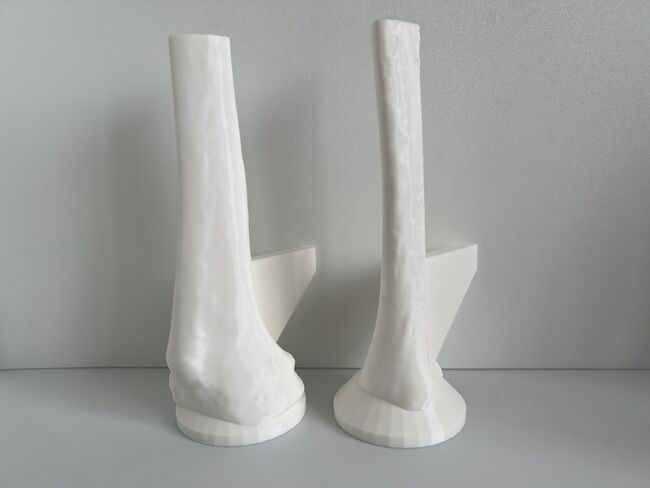
Inspect Models Before Delivery[edit | edit source]
Please pay attention to and follow all the instructions closely to ensure the bone models are printed properly and display the required visual, tactile, and acoustic fidelity for orthopedic surgical simulation training.
Use brand new white PLA filament fresh out of the sealed package to 3D print the models to optimize print quality and minimize the risk of mechanical failure during orthopedic surgical simulation training.[1]
(Optional) Please try to obtain PLA filament with a Technical Data Sheet with a Shore Hardness D value between 79D to 93D. Remember to file this Technical Data Sheet in your production and inspection records, and email this Technical Data Sheet to the consignee.
Check the 3D printer control screen to confirm the print speed is set at the manufacturer's default value of 100%.
- Review the quality assurance checklist to verify that each model was properly printed prior to delivery and click on the checkboxes to check the most appropriate response.
- Any model that does not meet the standard for all the quality assurance checklist items will be rejected and must be reprinted in accordance with the instructions below.
- Print the quality assurance checklist below for each shipment of 3D printed models by clicking on the "Download PDF" button in the upper righthand corner of this screen and selecting "Layout: Landscape" option for printing.
- Any model that does not meet the standard for all the quality assurance checklist items must be rejected and will not be delivered to the consignee.
- Write the model production period, total number of Adult Male Tibial Bone Models #1 and #2 accepted, date of inspection, print and sign your name, and fill in the name and address of the consignee at the bottom of the checklist.
- Attach the completed and signed checklist to the delivery invoice for the consignee.
- File and save a back-up copy of the completed and signed checklist for your production and inspection and distribution records.
| # | Action | Meets Standard | Does Not Meet Standard | Does Not Meet Standard | Check most appropriate response | Check most appropriate response |
|---|---|---|---|---|---|---|
| 1 | Inspect the base. | 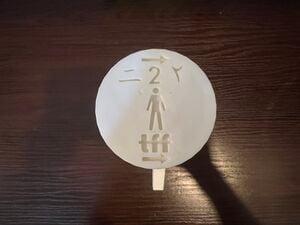 |
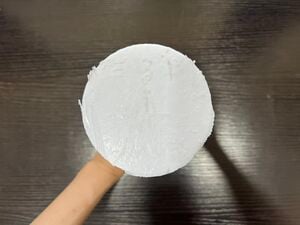 |
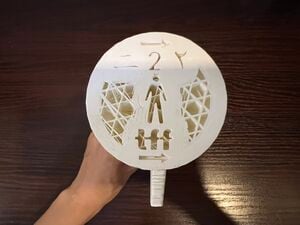 |
Model #1 Meets Standard Model #1 Does Not Meet Standard |
Model #2 Meets Standard Model #2 Does Not Meet Standard |
| 2 | Inspect the top. | 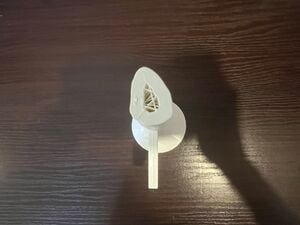 |
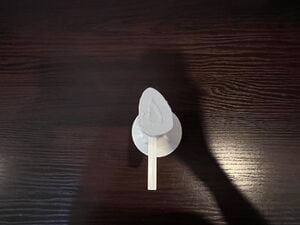 |
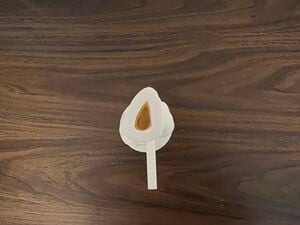 |
Model #1 Meets Standard Model #1 Does Not Meet Standard |
Model #2 Meets Standard Model #2 Does Not Meet Standard |
| 3 | Inspect sides. | 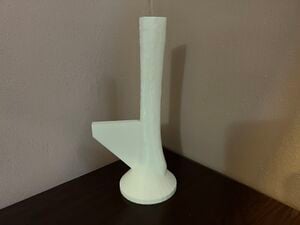 |
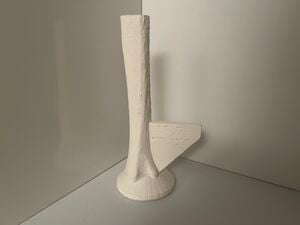 |
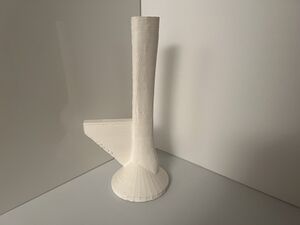 |
Model #1 Meets Standard Model #1 Does Not Meet Standard |
Model #2 Meets Standard Model #2 Does Not Meet Standard |
| 4 | Inspect the vise attachment. | 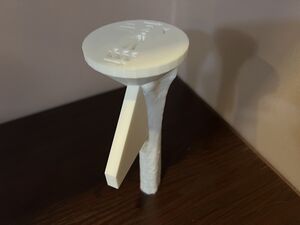 |
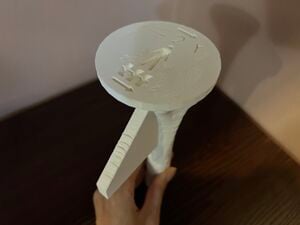 |
 |
Model #1 Meets Standard Model #1 Does Not Meet Standard |
Model #2 Meets Standard Model #2 Does Not Meet Standard |
Each model must meet standards for all quality assurance checklist items in order to be used for orthopedic surgical simulation training.
Model Production Period (Day-Month-Year to Day-Month-Year):
Total Number of Models #1 Accepted:
Total Number of Models #2 Accepted:
Quality Assurance Checklist Completion Date (Day-Month-Year):
Inspected By (First Name and Last Name):
Signature:
Name of Consignee:
Address of Consignee:
Acknowledgements[edit | edit source]
This work is funded by a grant from the Intuitive Foundation. Any research, findings, conclusions, or recommendations expressed in this work are those of the author(s), and not of the Intuitive Foundation.
